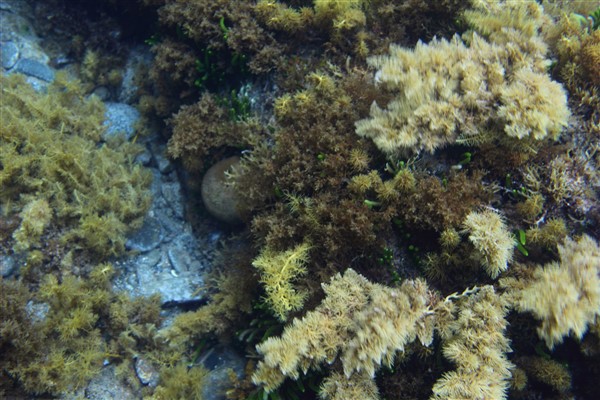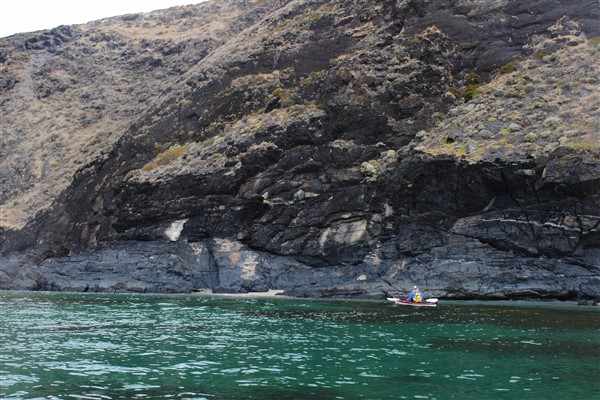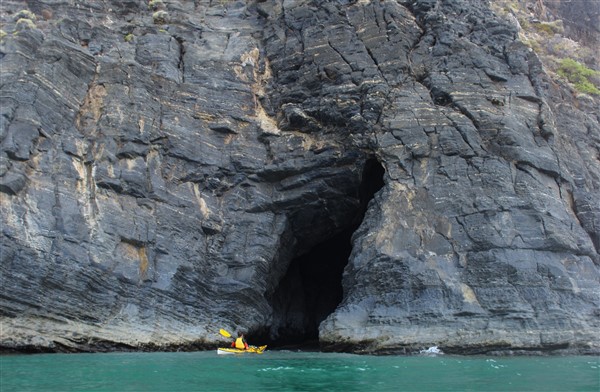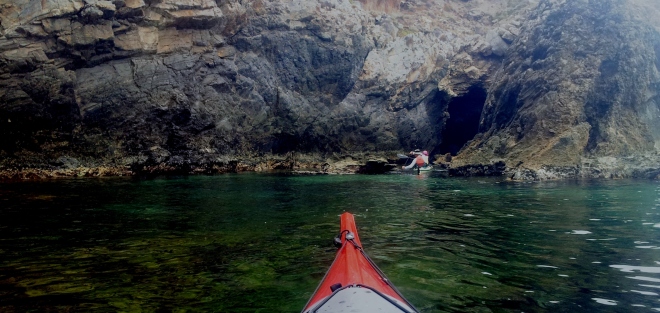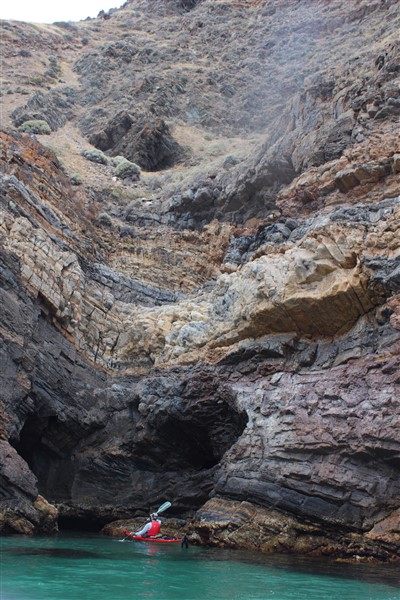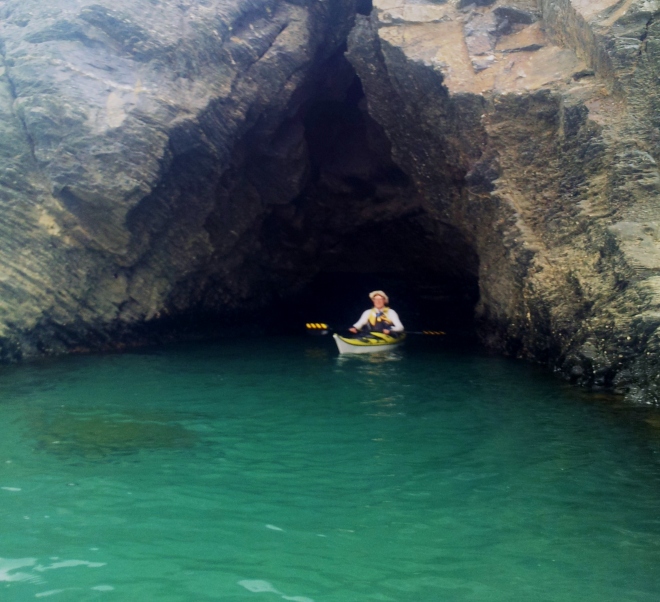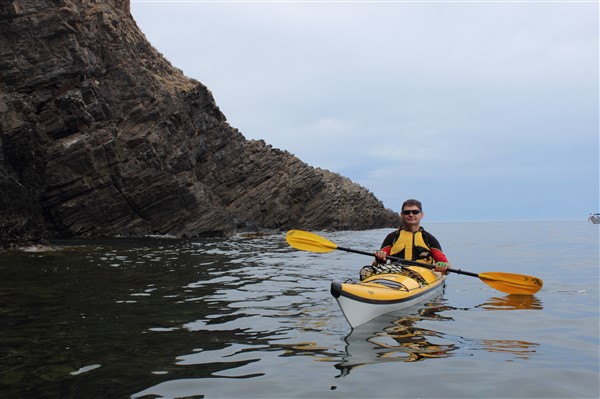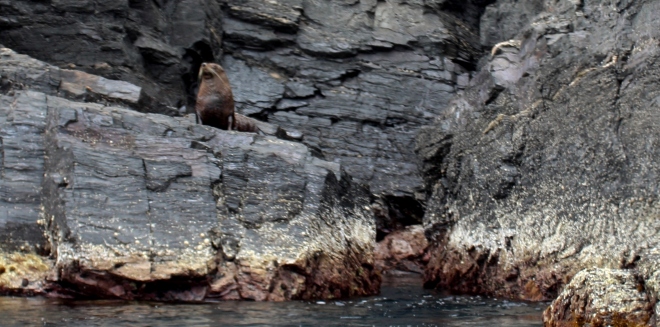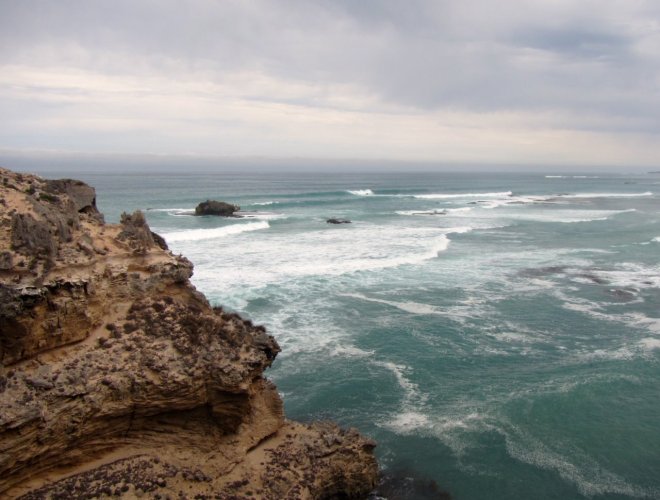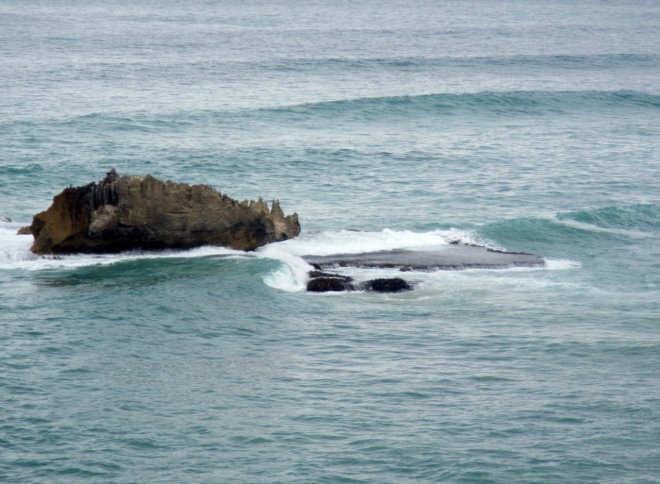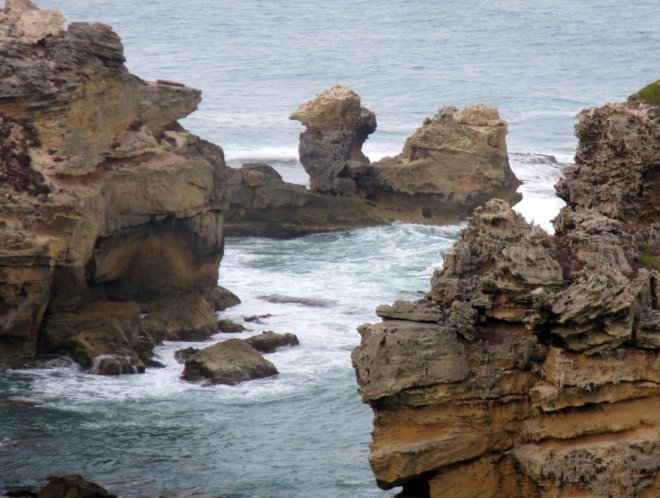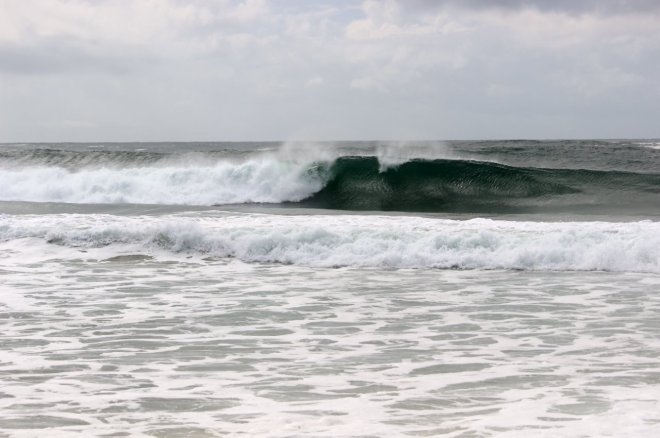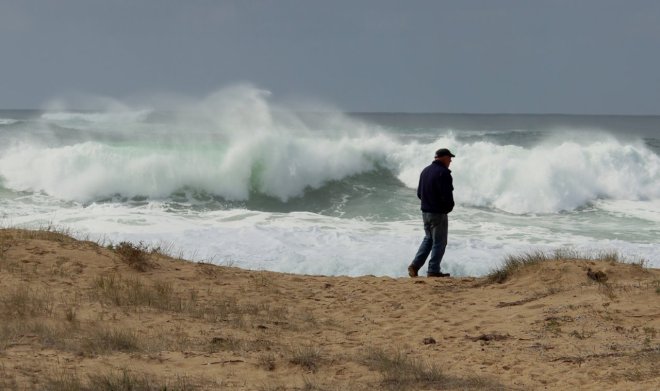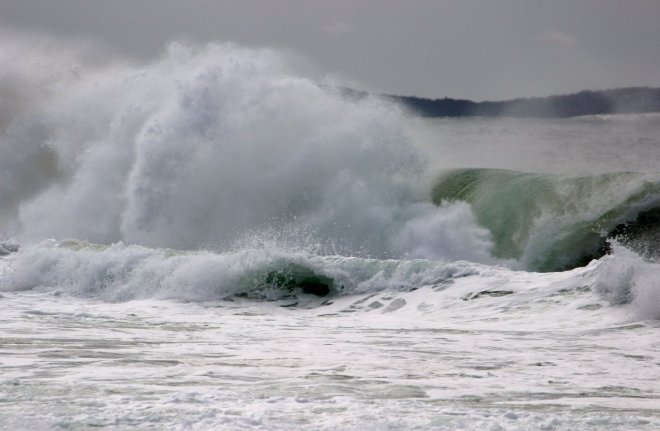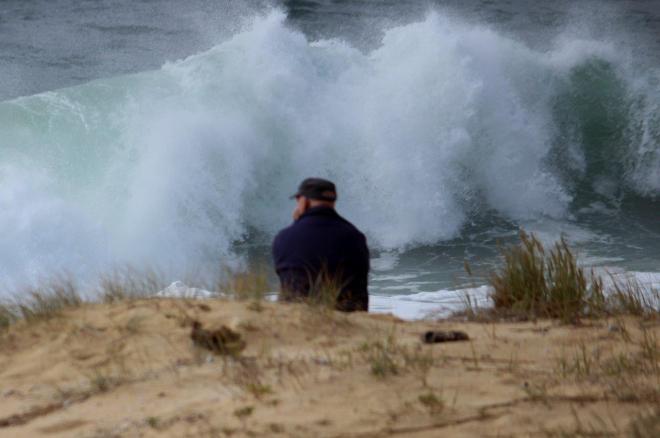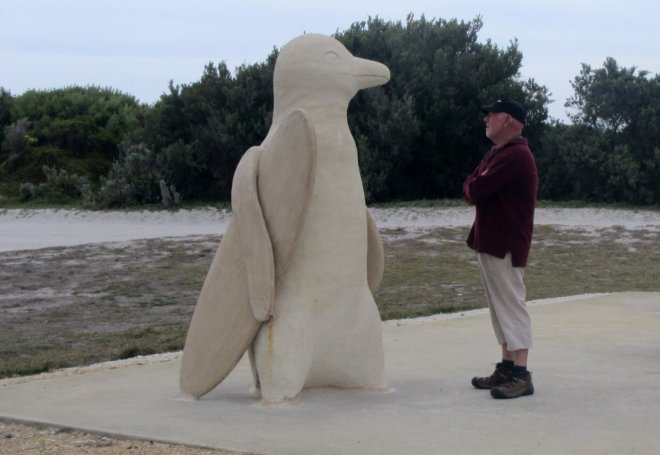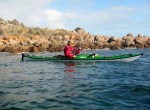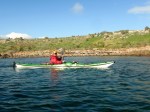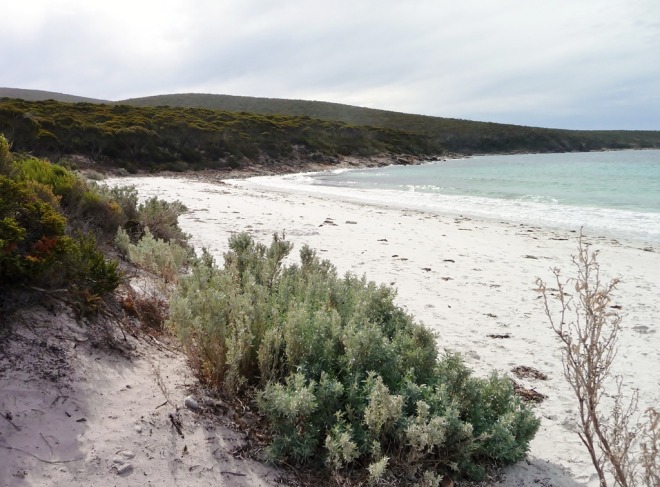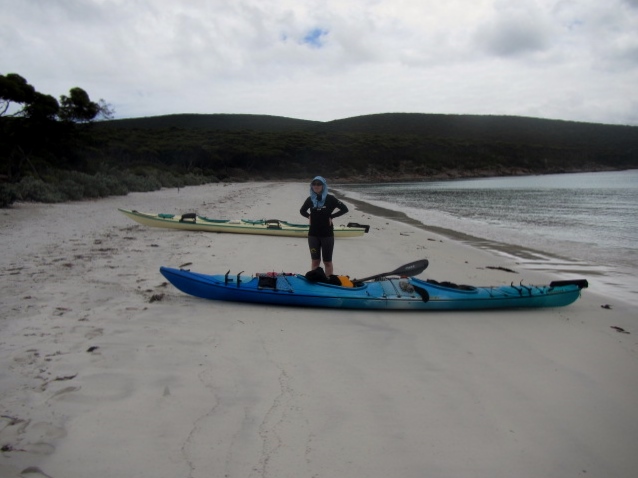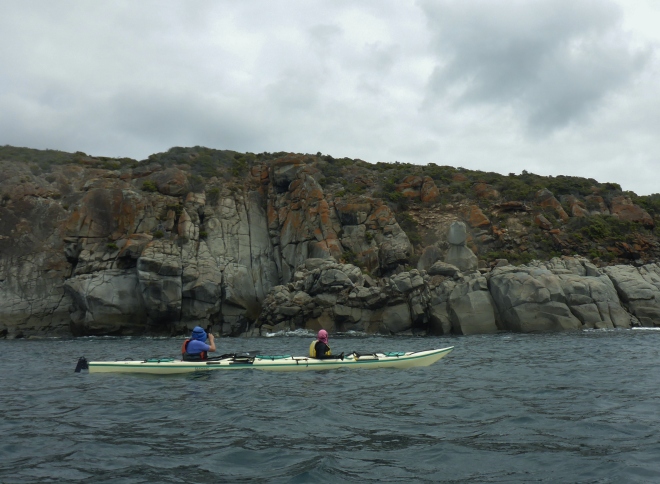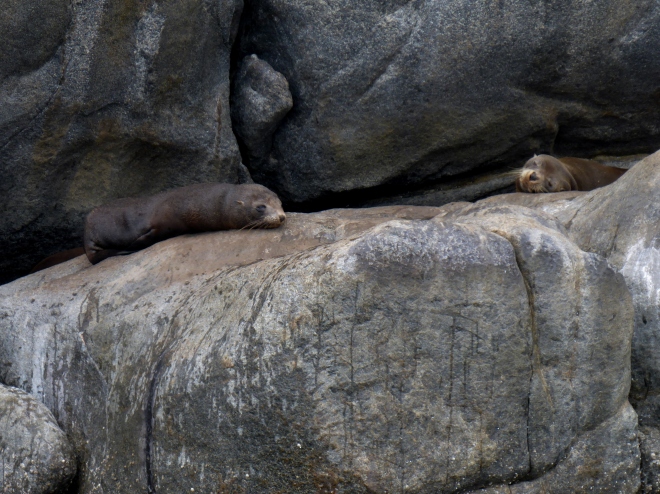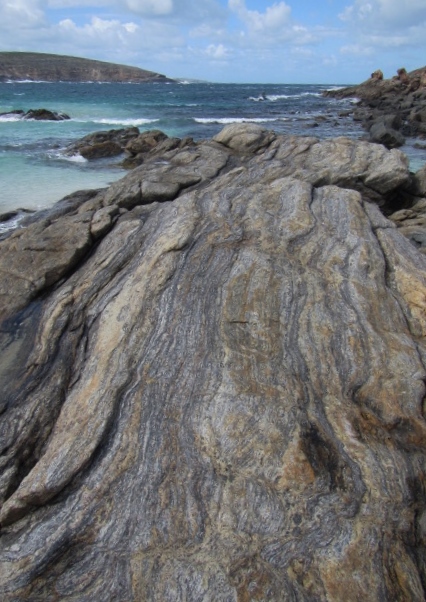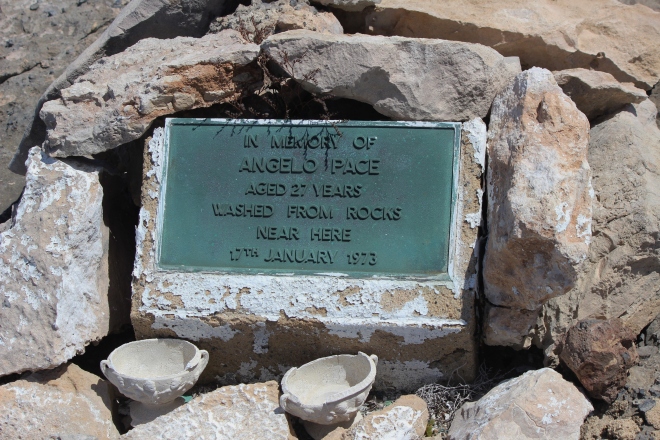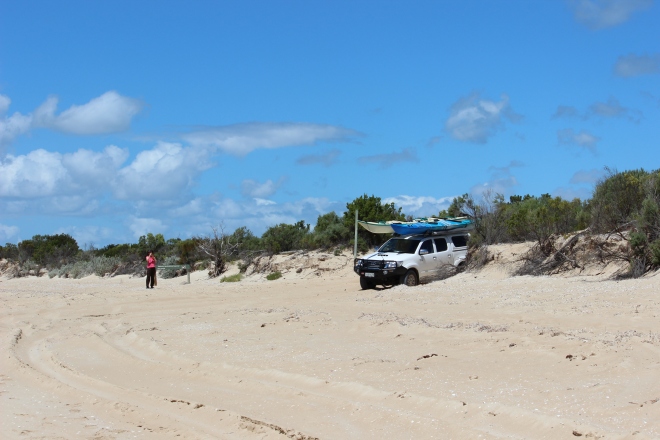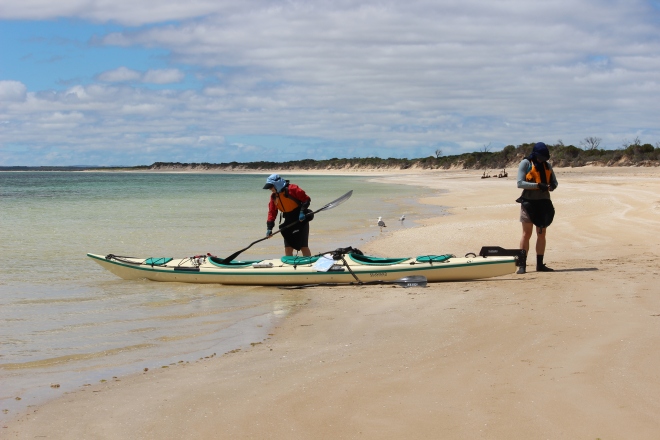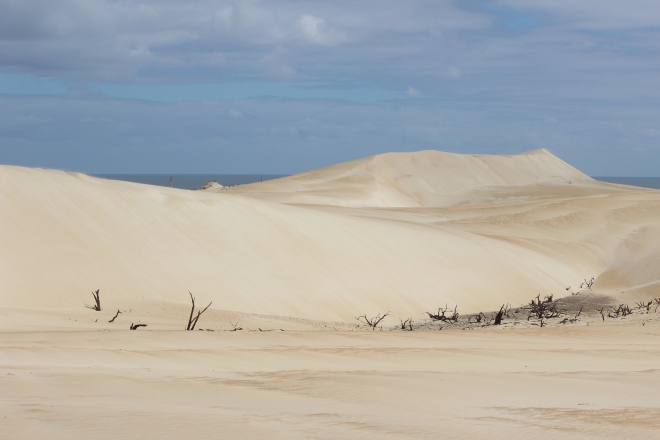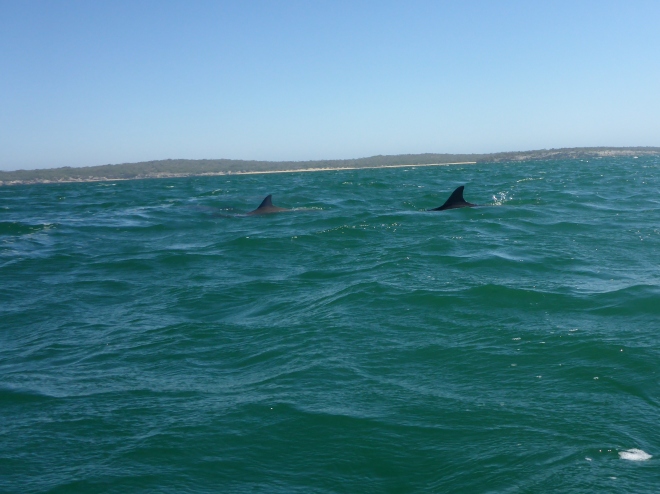It was one of those strange sort of days where you stand on the beach ready to launch, still unsure that the weather will behave. That strange bank of low cloud on the horizon, the headwind whipping up a small chop offshore and the thundery looking cumulus clouds to the east.
The winter has been cold and windy this year and we have had to cancel many planned kayak trips, instead spending the time on mountain bikes, (some of our photos are here and here) so we were looking forward to getting a couple of days on the water.
A check of the latest forecasts and current weather observations, for the next 2 days, was certainly within our limits, so it was “Westward Ho”. For Rodney and Steve it would be their first visit to the south western coast, with Ian having explored there many times over the years.

The first thing that we encountered was the possibility of paddling blind in a sea fog, because sure enough that low cloud was a sea fog rolling straight at us.
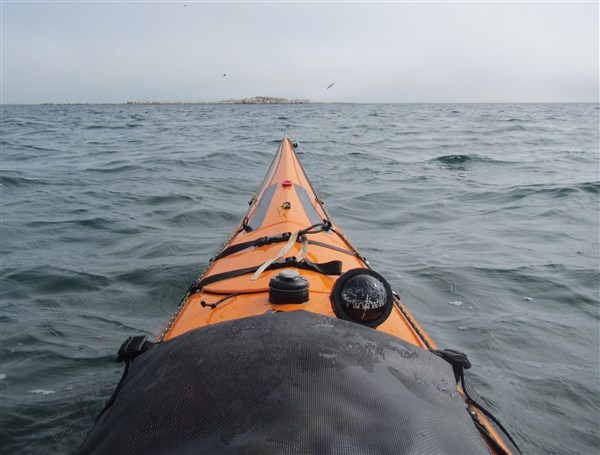
Luckily it just seemed to skirt around us, leaving us an easy passage, in a slight headwind, towards the exposed western side of Wardang Island. After a couple of hours paddling the wind did as predicted and moderated giving us a beautiful day of paddling along the coast.
We visited the local Pied Cormorant colony.


The thundery clouds passed us well to the east, making Rodney a happy boy.
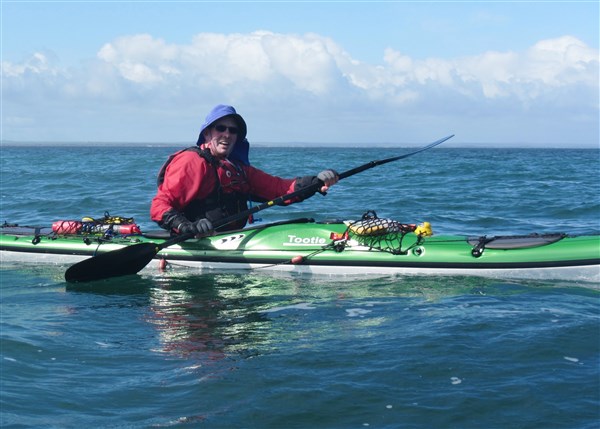
The beauty of this area is definitely the seascapes and the exhilaration of paddling among the jumble of jagged rocks, passing the graves of several ship wrecks. It’s hard to do the area justice with just a “point and shoot camera”, bobbing around in a kayak but we hope you like our efforts.

There are always places you have to explore more closely.



Our lunch spot couldn’t have been more idyllic. A protected beach on a deserted island.

The afternoon light on sea stacks made for interesting effects.
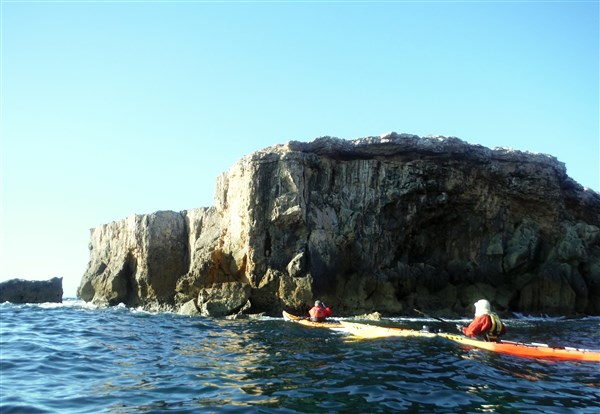


Sometimes it looked like collapse was imminent…….

and other areas had long since collapsed.

Legend has it that munitions were stored here during WW2, although I have never climbed into the chamber to confirm.

We finished the day camped on a smaller island.

Watching the sunset whilst enjoying some classic Shiraz wines, from the McLaren Vale and Clare Valley wine regions, along with local cheese and olives and lots of other goodies. What could be better than that ?.



Next day the wind failed to cooperate, being head on all day. We explored more areas along the coast…..

….before heading across open water to check out Green Island. Locals say that 60 years ago a hermit lived on the island in a small house he had built from shell grit and cement blocks. The house is still standing (just) and you can also see where he had built rock fish traps.

So we said farewell to the Pied Cormorants and started the headwind slog back to civilisation.
Paddlers and photographers.



Rodney Ian Steve

